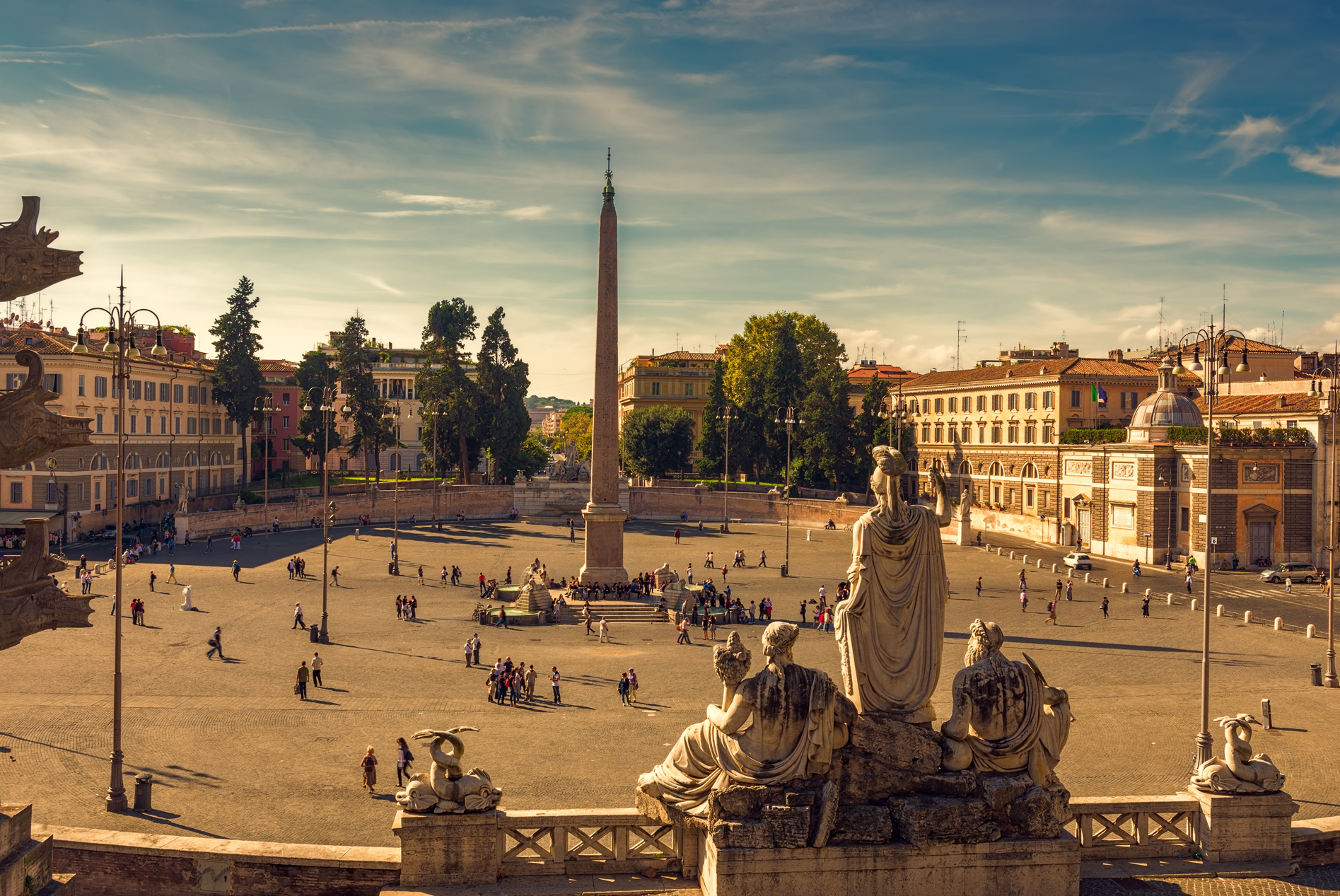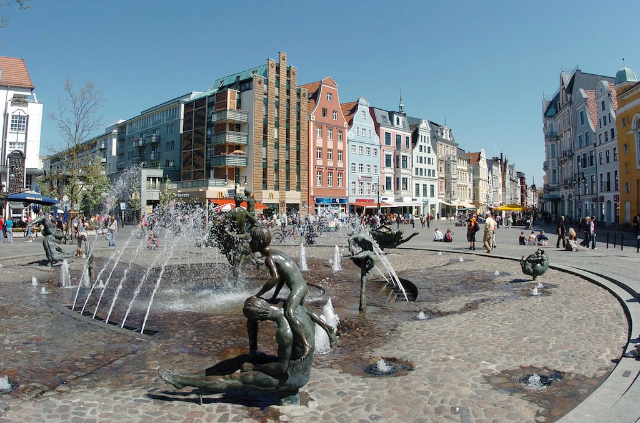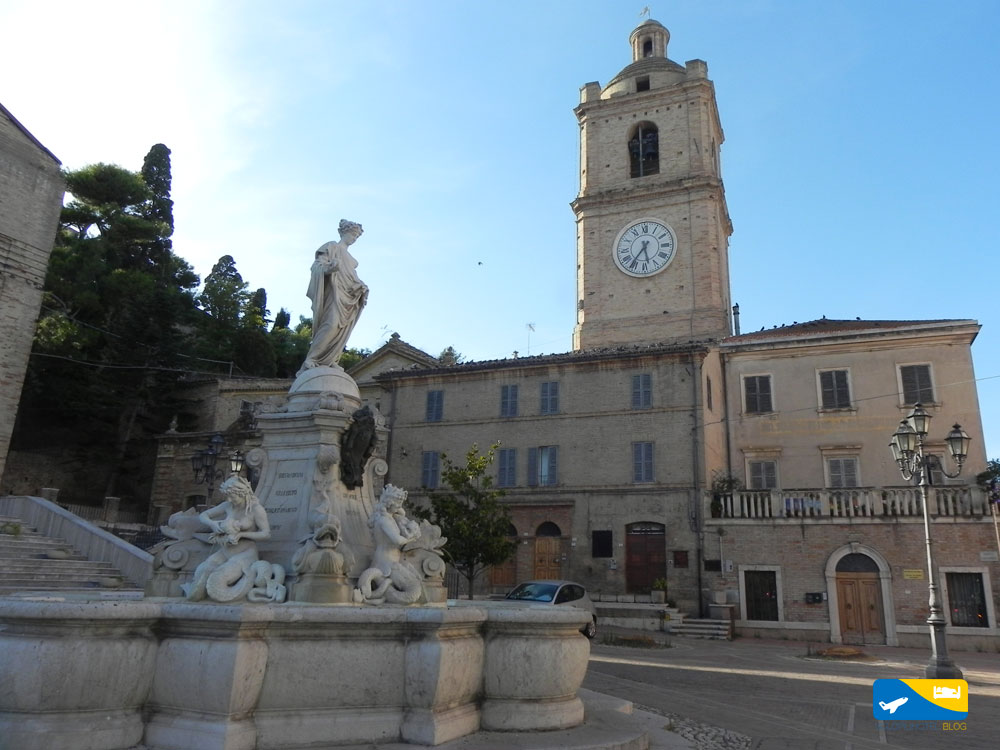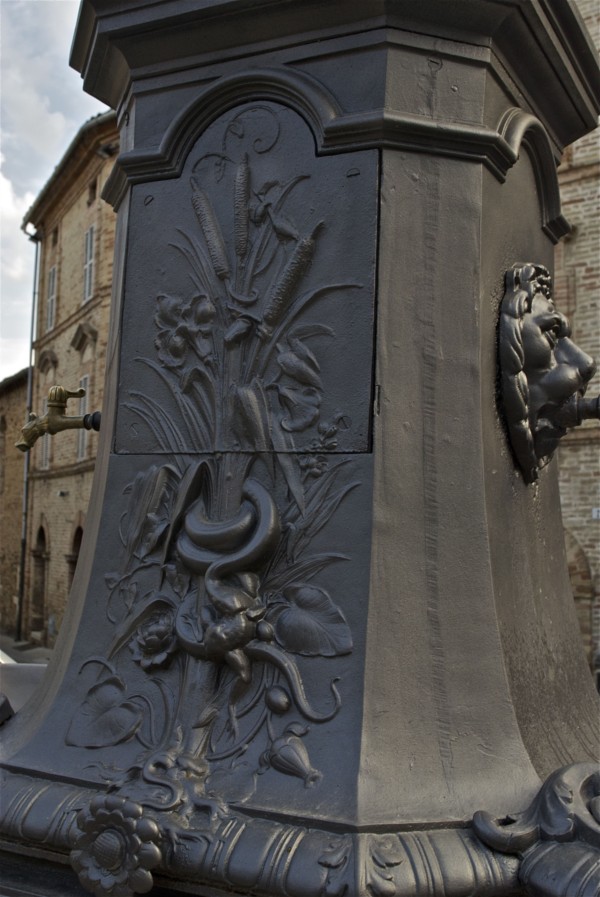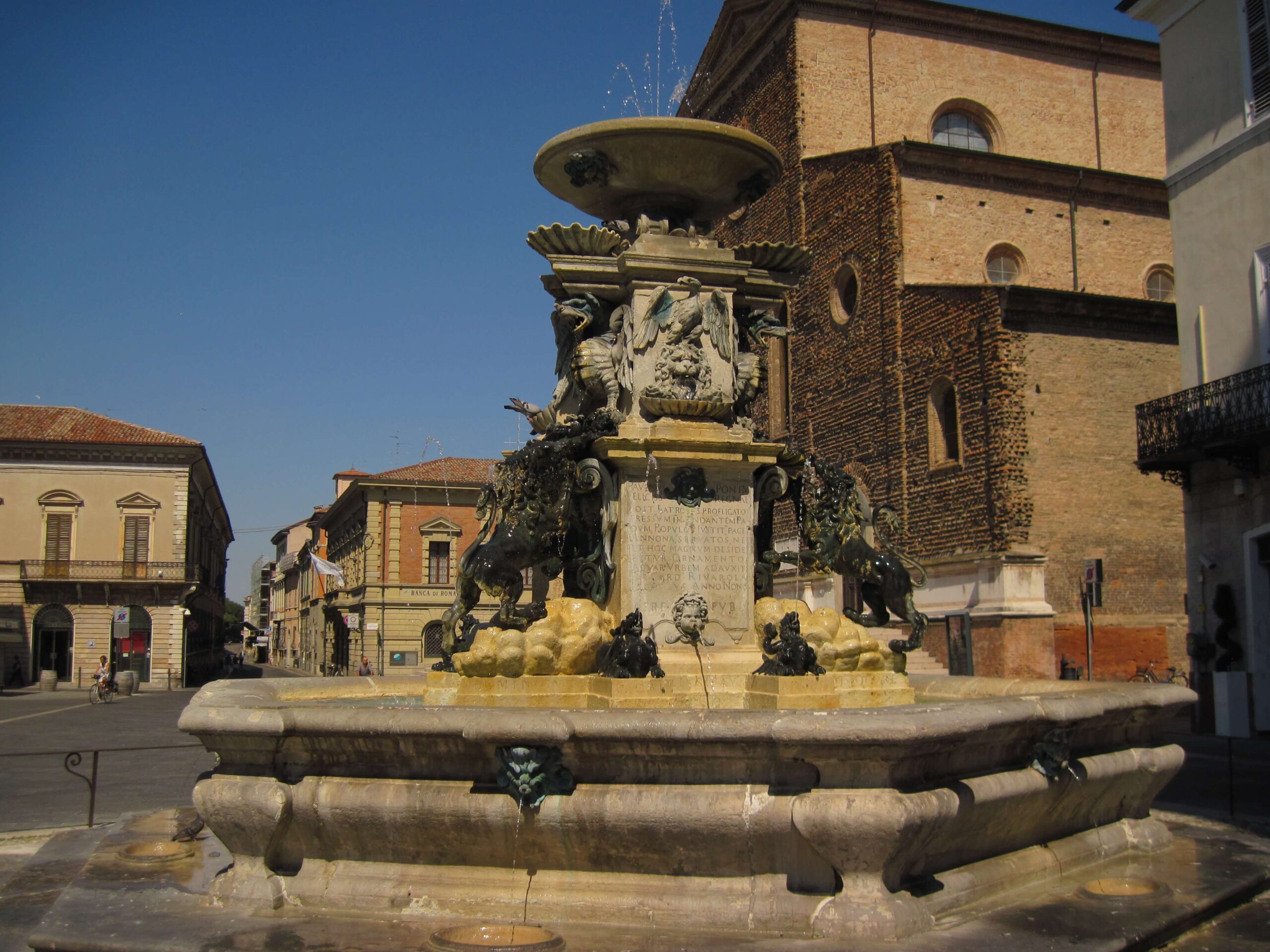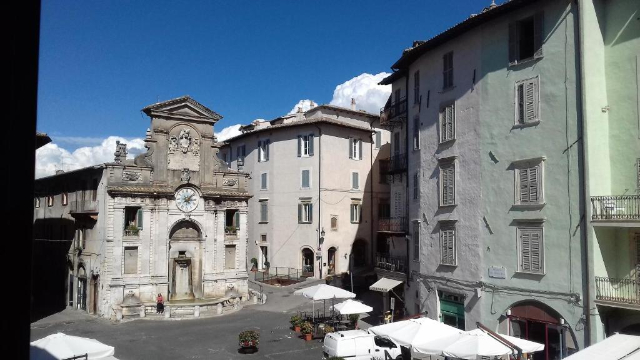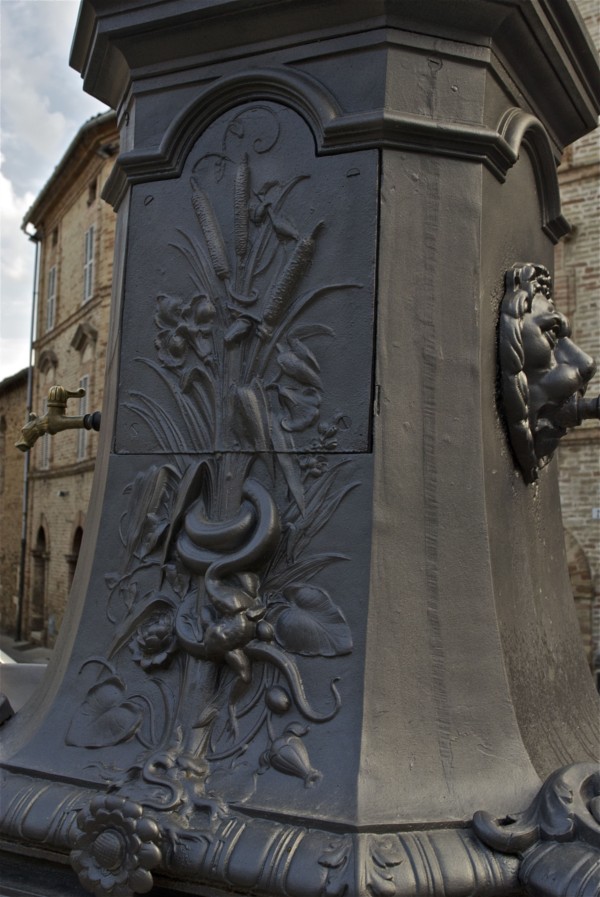Piazza del Popolo is one of the most beautiful squares in the world! You can enter from one of the so called "trident" streets: Via di Ripetta, Via del Corso and Via del Babuino, or pass through Porta del Popolo (old Flaminia gate) that will welcome you with a Latin message engraved by Bernini in occasion of the arrival to Rome of Christina, queen of Sweden: "Felici faustoque ingressui MDCLV", that is "For a Happy and Propitious Entrance".
The square is the result of a long series of works and restorations and it current form is due to architect Giuseppe Valadier who by the end of the nineteenth century redesigned it with the current elliptical form.
In the center of the square stands one of the biggest obelisks in Rome, from Egypt, 24 meters high and dating back to 1.200 BC. The Flaminio Obelisk was taken to Rome by Augustus and in 1589 Sixtus V had it dragged here from Circus Maximus comissioning the work to Domenico Fontana. The basins with lions were only added in 1823 by Valadier, under the papacy of Leon XII.The two extra exedras added by Valadier gave the square the current elliptical form with the two fountains located in the semicircles: the Fountain of Neptune pointed towards the Tiber river, and the fountain of the goddess Roma with the flights leading to the Pincio terrace in the back. About the origin of the square name, there are different assumptions. In the past, it was believed that the name came from the many poplar trees in the area. In fact, in Latin poplar is called populus!
According to a Medieval legend, on the other hand, the spirit of emperor Nero wandered about a nut tree close to the Pincio bothering Pope Paschal II, who then ordered to uproot the tree’s trunk and build in its place a church devoted to Virgin Mary. Since the church was built at the expense of the Roman people, it took the name of St. Maryof the People, name that therefore passed to the square itself.
